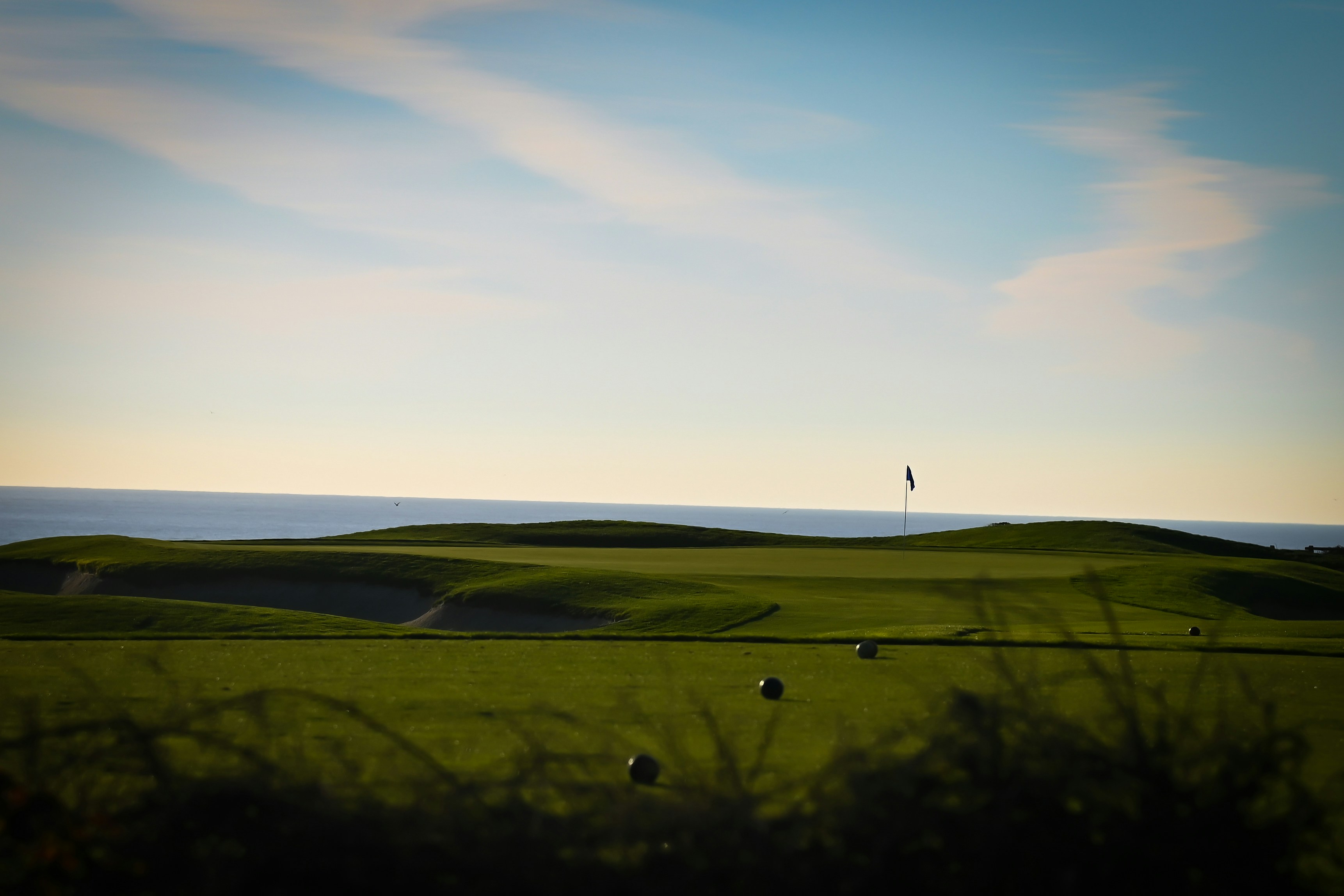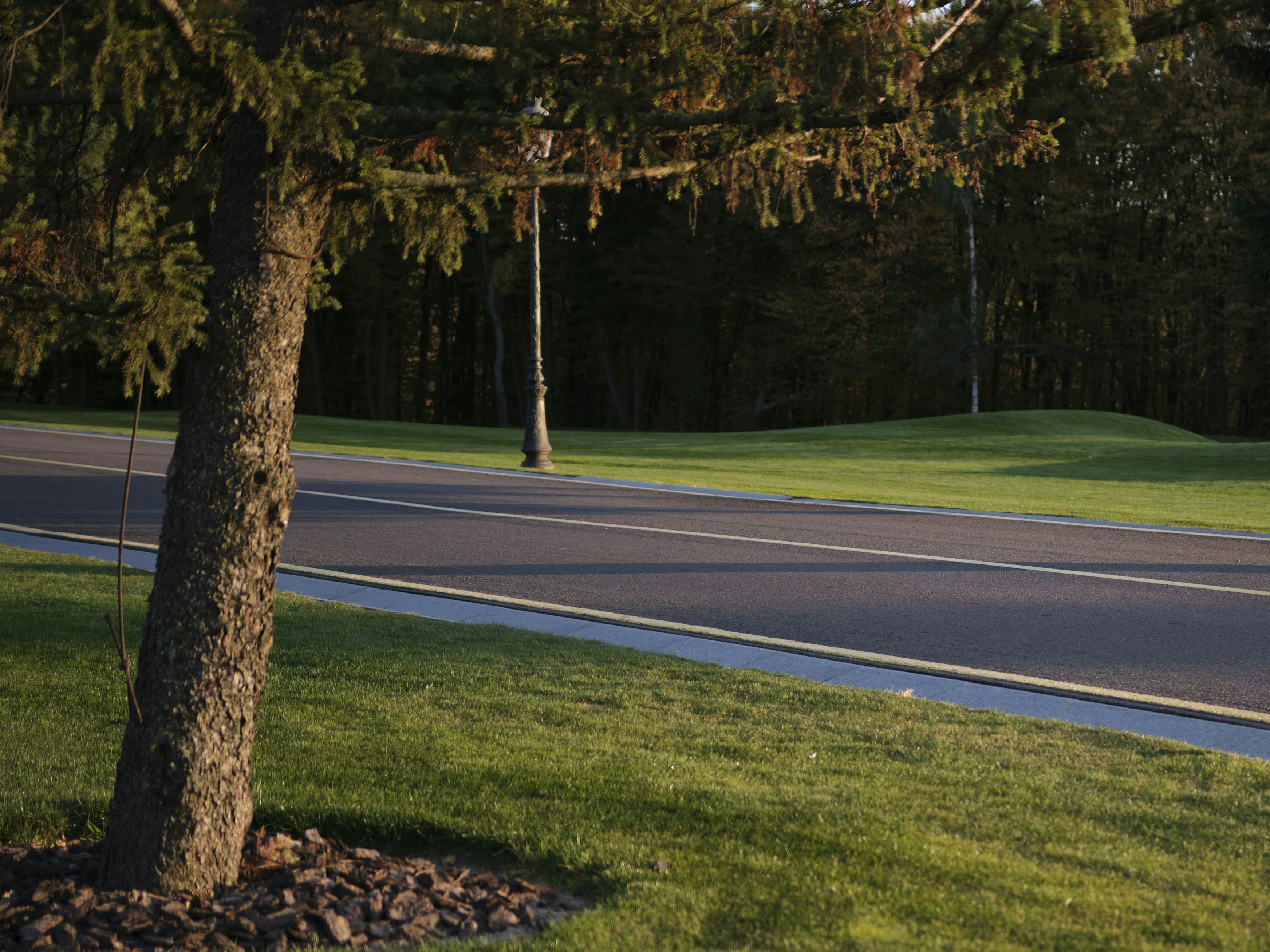Callaway Unwinds Topgolf: $770M Reset Sets 2026 Rebrand to CALY
Callaway will sell a 60% stake in Topgolf and Toptracer to LGP at an approximately $1.1B valuation, netting about $770M to refocus on equipment and lifestyle brands and rebrand to Callaway Golf Company (CALY) upon closing in fiscal Q1 2026.

Photo by Brandon Hoogenboom on Unsplash
A Clean Slice For A Balanced Plate
Callaway is separating its Topgolf eatertainment business from its equipment and lifestyle operations through a binding agreement to sell a "60%" majority stake in Topgolf and Toptracer to Leonard Green & Partners (LGP), valuing the enterprise at "approximately $1.1 billion". The company expects to net "about $770 million" in proceeds, a measured infusion that speaks to liquidity as an ingredient for a more balanced, product‑led future. Board approval has been secured, and the closing is targeted for "the first quarter of fiscal 2026," contingent on the "Hart‑Scott‑Rodino Antitrust Improvements Act" review and other standard approvals. Upon completion, the company will revert to "Callaway Golf Company" and adopt a new NYSE ticker symbol, "CALY"—a reset that feels like plating a signature dish with fewer, better‑defined components. The frame here is quietly confident: transfer operational control to a specialist owner while retaining a minority stake, and let each business follow its natural recipe. The rebrand signals a mindful return to core identity, where the equipment and lifestyle portfolio can be composed with thoughtful precision. In a market that rewards clarity, this is a nourishing simplification—consolidating flavors without losing depth. Analysis: The structure—majority sale, defined proceeds, and a timed rebrand—establishes a deliberate pivot that restores Callaway’s standalone identity while handing Topgolf to an experienced sponsor.
Reversing The 2021 Blend
The divestiture unwinds part of the combined model created by the 2021 "$2 billion" merger with Topgolf, which had integrated venues, technology, and equipment under one umbrella. By contrast, the new approach re‑centers the public company on equipment and lifestyle brands, while preserving exposure to Topgolf through a "40%" stake. It’s a balanced posture—near‑term liquidity paired with long‑term optionality—as if the company were trimming a menu to emphasize its most nourishing courses. Analysts note the valuation steeply trails the original Topgolf acquisition value, with estimates placing the enterprise value "45–50%" below the 2021 purchase price. That reset reflects a market re‑rating and business performance realities since the merger. Yet the retained ownership signals ongoing strategic interest without the day‑to‑day responsibility of running venues. The narrative becomes one of thoughtful focus: concentrate on core craft while keeping a seat at the table as Topgolf evolves under new stewardship. Analysis: The sale price represents a clear recalibration from merger‑era expectations, while the 40% stake preserves upside participation without full operating risk.
Control, Cash, And Clear Governance
Topgolf Callaway Brands will sell a "60%" majority stake in its Topgolf and Toptracer divisions to LGP at an enterprise value of "approximately $1.1 billion". That structure shifts control and clarifies governance for the newly independent Topgolf venture, while Callaway anticipates net proceeds of "about $770 million" to reshape its capital structure and fund brand investment after closing. The transaction is slated to close in "the first quarter of fiscal 2026" pending "customary regulatory approvals including those under the Hart‑Scott‑Rodino Antitrust Improvements Act". When complete, the company will rebrand to "Callaway Golf Company" and trade under "CALY". LGP, which manages "over $75 billion" in assets and already holds a meaningful minority stake, brings scale and familiarity to the asset—a continuity of investor alignment designed to smooth the transition. In practical terms, the contours of this deal minimize ambiguity and let each business adopt a tailored operating model: capital‑intensive venues under a specialist sponsor, and product‑led brands under a focused public parent. Analysis: The combination of majority sale, defined proceeds, and an owner with category familiarity is structured to provide execution clarity and operating runway for both sides of the split.
Refinancing The Pantry, Investing In Core
Callaway plans to use the expected "$770 million" in net proceeds to reduce debt, reinvest in its equipment brands, and pursue shareholder returns such as stock repurchases. The portfolio—"Callaway, Odyssey, TravisMathew and Ogio"—generated "approximately $2 billion" in revenue over the trailing twelve months through "Q3 2025". That scale illustrates the capacity of the equipment and lifestyle segment to anchor a standalone identity, advocating for a product‑first strategy that feels both disciplined and resilient. From an investor’s vantage point, the setup is clean: less leverage, more room to fund product innovation, and a simplified story for the market to digest. Texas Capital maintains a "Buy" rating with a target price "around $12," a signal of institutional confidence in concentrating on higher‑margin, brand‑led segments. It reads like a kitchen returning to its signature technique—meticulous sourcing and execution—so every release can land with clarity and purpose. Analysis: The stated uses of proceeds and supportive rating underscore market alignment with a leaner, brand‑centric Callaway designed to improve leverage and fund growth.

Promotions, POS, And A Nudge In Throughput
Operationally, Topgolf posted a positive inflection in "Q3," with same‑venue sales up "just over 1%". Smaller‑group reservations—guests playing in one to two hitting bays and accounting for "80%" of annual revenue—delivered "high‑teen" traffic growth and a "2.4%" same‑venue‑sales increase. Targeted promotions such as "Sunday Funday" and "Half‑Off Golf Monday to Thursday" supported that lift, showing how targeted offers can gently shift demand among the core segment. Topgolf also implemented "Toast’s" point‑of‑sale system, which improved speed of service, labor efficiency, and spend per visit. That combination—focused promotions and technology upgrades—resembles a refined service flow that raises the quality of the guest experience while improving unit economics. It suggests a playbook for stabilizing and growing venue‑level metrics, a thoughtful foundation for LGP to scale under its new majority position. Analysis: The mix of promotions and POS enhancements indicates practical levers for performance that a hands‑on sponsor can extend post‑transaction.

Tariffs, Cuts, And The Cost Of Venue Growth
Set against that progress are meaningful headwinds. Topgolf absorbed tariff‑related pressures totaling "approximately $12 million" in "Q3," with an annual impact projected at "up to $40 million." The company also undertook cost‑cutting measures, including laying off "300 employees in 2025". Those costs weigh on margins and complicate near‑term profitability, a reminder that capital‑intensive experiences have their own operating weather. These dynamics help explain the separation: venues require a different cost structure and cadence than product‑led portfolios. Isolating Topgolf under LGP gives Callaway freedom to tighten its balance sheet and reinvest in its core brands, while a sponsor adept at experiential platforms navigates tariffs, labor, and service throughput. It’s a pragmatic division of labor—each side managing what it can season well. Analysis: Tariff burdens and workforce reductions strengthen the rationale for structural separation, aligning operating models with their distinct economic realities.
From Spinoff Ideas To A Tailored Sale
The transaction reshapes the corporate architecture from "Topgolf Callaway Brands" into two clearly profiled entities: an independent Topgolf venture majority‑owned by LGP and a streamlined "Callaway Golf Company." Earlier "2024" planning contemplated a public spinoff with retention of up to "19.9%" in Topgolf, whereas the current deal represents a negotiated majority sale. That shift suggests pragmatism—adapting the separation route to prevailing market conditions and buyer appetite. LGP’s portfolio breadth across consumer, fitness, and lifestyle names—including "Velvet Taco," "Life Time Fitness," and "Shake Shack"—underscores familiarity with scaling experiential concepts. Industry‑wise, the implication is cleaner investor segmentation: capital‑asset intensity and promotions‑plus‑technology for Topgolf, product innovation and brand stewardship for Callaway. The result is a more thoughtful landscape in which each business can be evaluated on the merits of its own kitchen, tools, and service style. Analysis: Moving from a potential spinoff to a financed majority sale likely improved certainty and capital outcomes while pairing Topgolf with an owner versed in experiential growth stories.

Regulatory Gateways And A Clear Ticker Change
The close is conditioned on "customary regulatory approvals" under the "Hart‑Scott‑Rodino Antitrust Improvements Act" and other standard reviews, anchoring the timeline to "the first quarter of fiscal 2026". Until then, the current structure remains. Specifics such as the exact debt reduction amount, the pace of reinvestment, and the timing and size of repurchases are not detailed, and those decisions will follow from final proceeds and management’s allocation priorities. The rebrand to "CALY" is a visible milestone that marks completion and signals the refreshed identity to investors and customers. In the interim, operating indicators for Topgolf will matter: same‑venue trends, the tariff drag, and the performance of "Toast’s" POS system. For Callaway, the focus returns to the equipment and lifestyle quartet—where execution consistency, measured leverage, and product investment can create a balanced, nourishing engine of growth. The lesson is simple and quietly aspirational: refine the menu, invest in the ingredients that matter, and let each kitchen run the service it understands best. Analysis: Regulatory approvals and capital allocation details remain open items, but the defined closing window and ticker change provide clear markers for progress and post‑deal accountability.